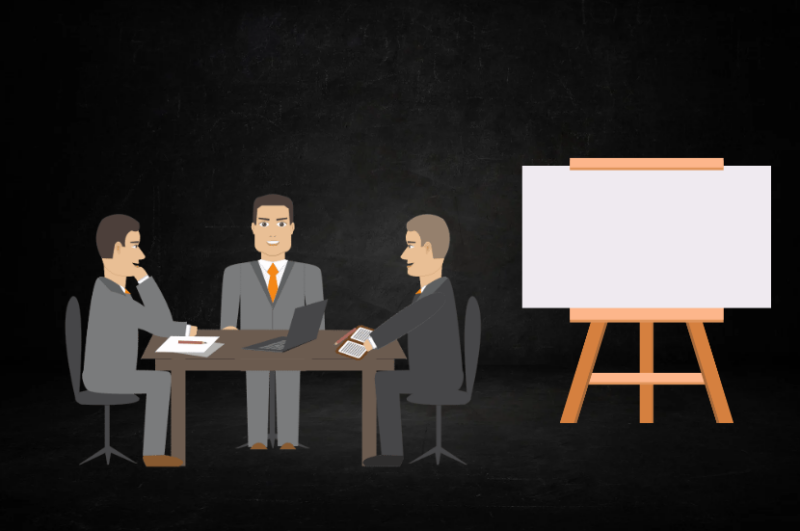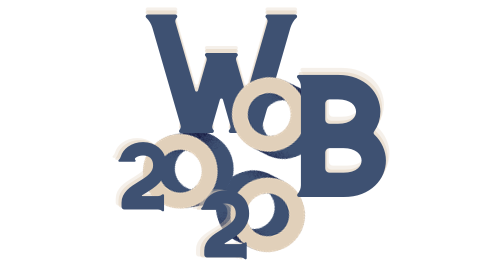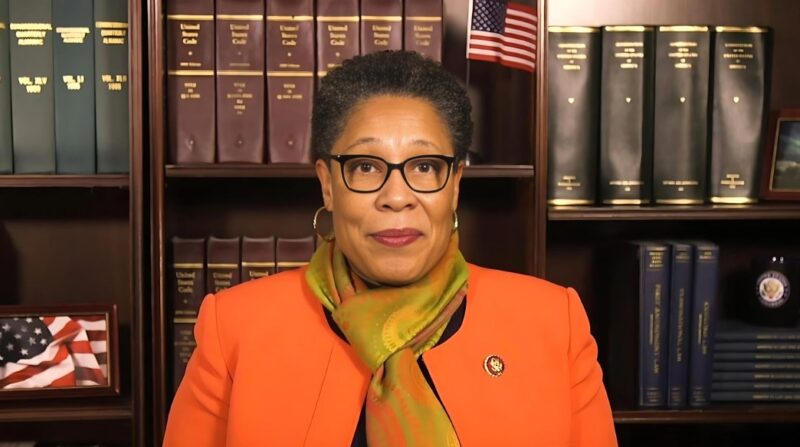Creating a compelling corporate sponsorship proposal can be a daunting task. But it’s an important skill to master if you wish to gain support for your events, nonprofits, or projects. From understanding your potential sponsor’s needs to crafting an irresistible offer, we’ve got you covered. In this blog post, we’ll dive into thirty pivotal steps that will help you create a winning sponsorship proposal.
Corporate Sponsorship Explained

Corporate sponsorship is a form of marketing in which a company pays for all or some of the costs associated with a project or event in return for recognition. It’s a powerful way for businesses to broaden their competitive edge by improving their corporate image, prestige, and credibility by supporting events that their target market finds attractive.
In today’s competitive market, corporate sponsorship offers a way for businesses to reach out and connect with potential customers in a deeper and more meaningful way than traditional advertising.
Why Is It Important?
Sponsorship can breathe life into an event or project that might otherwise not have the necessary funding. It also allows corporations to positively influence their public image, improve community relations, and achieve marketing goals.
For the sponsored party, it can provide a significant source of income, opening opportunities otherwise unavailable. Sponsorship is a win-win situation, but the key lies in presenting a well-structured, thought-out proposal to potential sponsors.
Preparation: Knowing Your Potential Sponsor

Before diving into writing your proposal, understanding your potential sponsor is crucial. This includes their business goals, target audience, and values.
Researching Your Potential Sponsor
Before approaching a company for sponsorship, thorough research is key. Understand their products, services, target audience, brand values, and marketing goals. Look into their past sponsorships to gauge what they might be interested in supporting.
- Visit their website and social media platforms
- Study their annual reports or press releases
- Understand their Corporate Social Responsibility (CSR) initiatives
Aligning with Sponsor’s Interests
Your proposal should align with your potential sponsor’s interests. If their target audience matches yours, highlight this point. Show how your project or event can offer valuable exposure to this demographic. Remember, the aim is to create a mutually beneficial relationship.
Crafting Your Sponsorship Proposal

Now that you’re armed with information about your potential sponsor, it’s time to begin crafting your proposal. Remember, your proposal isn’t just about what you need – it’s about what you can offer.
Start with an Executive Summary
The executive summary is a brief overview of your proposal, including the benefits the sponsor can gain. It should be compelling enough to convince the reader to continue reading. Make sure to:
- Keep it concise, preferably one page
- Clearly state what you’re seeking
- Highlight the mutual benefits
Describe Your Organization or Event
The next step is to describe your organization or event. What are its goals? Why does it exist? What demographics does it serve? Who will it impact? Provide as much detail as possible to paint a clear picture for potential sponsors.
Showcasing Benefits

A proposal that only focuses on what you need will not be successful. You must clearly outline what the sponsor stands to gain from this partnership.
Highlight Exposure Opportunities
If your event or project can offer significant exposure to the sponsor’s brand, be sure to highlight this. Be specific:
- How many people will attend your event or engage with your project?
- What demographics do they represent?
- How will the sponsor’s brand be featured?
Present Other Benefits
Exposure isn’t the only benefit a sponsor may be interested in. Other potential benefits could include:
- Opportunities to connect with new clients or customers
- Positive publicity and enhancement of their corporate image
- Associating their brand with a positive cause or community
Structuring Your Proposal

A well-structured, professional-looking proposal is more likely to be taken seriously. Pay attention to the layout, use of language, and the overall flow of your proposal.
Your proposal should follow a logical structure:
- Executive Summary: Brief overview of the proposal
- Your Organization/Event Description: Who you are and what you do
- The Opportunity: What you are offering the sponsor
- Sponsorship Details: Levels of sponsorship, what each level offers
- Conclusion/Call to Action: Final thoughts and next steps
Presentation
The presentation of your proposal is just as important as its content. Keep the following points in mind:
- Use a clean, professional layout
- Ensure your language is clear and persuasive
- Include relevant images or graphics to break up text
- Proofread for any grammatical errors
Follow Up

Once you’ve sent your proposal, your job isn’t done. Following up with potential sponsors is an integral part of the process.
Choose the Right Time to Follow Up
Choose an appropriate time to follow up on your proposal. You don’t want to seem pushy, but you also don’t want to be forgotten. Generally, one week after sending the proposal is a good time to reach out.
Be Persistent but Polite
If you haven’t heard back after your first follow-up, don’t get discouraged. Be persistent, but always remain professional and polite. Remember, the goal is to build a long-term, mutually beneficial relationship.
FAQs
What information should be included in the introduction of a sponsorship proposal?
The introduction should include details about the event, such as its name, date and time, keynote speakers and entertainers, catering and suppliers, venue and location, and what makes your event special. It should also emphasize how your event relates to the client’s business.
How should the event’s demographics be presented in the sponsorship proposal?
The event’s demographics should be presented in a digestible way, highlighting how the potential sponsor’s business relates to your audience. Consider putting together an infographic featuring the most important details.
What kind of data should be included in the sponsorship proposal?
Any data that can serve as a selling point should be included. This could be gross revenue from promotions, the number of people who have checked in for similar events, the number of active community members you have, your visit-to-purchase conversion rate, and so on.
How should the proposal outline the event’s objectives?
The proposal should clearly state the event’s objectives and how they align with the sponsor’s philosophy. This helps the potential sponsor understand the purpose of the event and how it can benefit their business.
What should the spending plan in a sponsorship proposal include?
The spending plan should include things like venue rent, marketing, entertainment, guest housing, catering, staff, presents, and everything that makes up your event. Presenting this in a pie chart can make it easier to understand.
Final Words
Congratulations! You’ve just crafted a compelling sponsorship proposal. Remember, like any skill, proposal writing improves with practice. Don’t be disheartened if you don’t get a positive response right away. Be persistent, learn from your experiences, and keep refining your approach. Best of luck!









